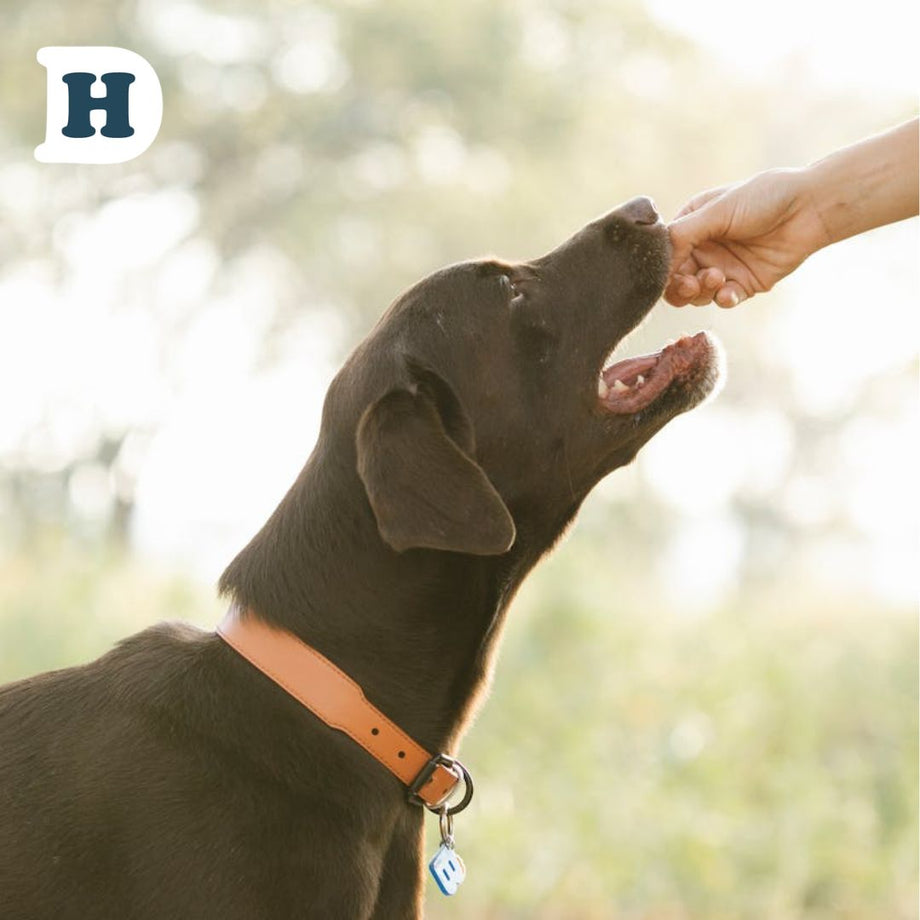
If you’re thinking about getting a second dog, there are some important factors to consider before making the decision. From taking into account your current pet’s age and behaviour to understanding the type of environment best suited for your new addition, timing is key when it comes to adding an extra pup to your family.
Is Your Dog Ready For a Housemate?
If you're thinking of adding a second dog to your home, make sure to ask yourself: Is my first dog properly trained? If not, getting a second pup could become a very stressful situation. It's wise to take the time to train each dog separately and then once they both understand commands, do some teamwork training together. Having one untrained pup can be hard enough, but with two, it can really cause chaos. Get your first furry friend into shape before bringing home a second one - it'll make training the new pup much easier!
Are You Ready to Take On Another Dog?
When considering getting a second dog, you need to ask yourself if you are able and willing to handle potential issues that may arise. Some dogs do not get along with one another, so it is important to assess whether or not they will be compatible. Even if they do get along, habits can be picked up between the two of them that could cause behavioral problems. Be prepared to do the training and work necessary should problems arise, or be willing to seek help from professionals such as trainers or behaviorists. Getting a second dog is not something to be taken lightly as it could end in tragedy for both dogs should it not work out.
Consider Your Current Dog's Age
The age of your current dog should be a major factor in your decision. If they are still a puppy or significantly younger than you, there will be a natural bond between them more easily and are more likely to form a close connection with each other. However, if one of the dogs is significantly older, introducing them to a new addition may cause stress and produce unexpected reactions from both animals. The recommended age gap between wo dogs from different litters should be between 1-2 years.
Evaluate Your Resident Pet's Temperament & Behaviour
It’s important to also pay attention to your resident pet’s behaviour when making the decision. If they have any aggression towards other animals, introducing a new puppy may lead to conflicts and even fights. Consider if your current pet is over-protective or possessive of their space - if so, it may be best to wait until they demonstrate better behaviour towards you and other people before getting another dog.
Understand Potential Introduction Issues
While it’s important to pay attention to your resident pet’s age and behaviour, getting a new dog means introducing them both to each other. This can be tricky but rewarding if done right. Spend time researching how to properly introduce two dogs and try to have plenty of treats on hand for both pets, so that positive reinforcement will encourage good behaviour in interactions between the two.
Take Necessary Steps to Prepare Your Home
Before introducing a new dog to your home, you should take the necessary steps to prepare. This includes making sure that there are no loose items in the house like toys and shoes that can become chewed or swallowed, ensuring all hygiene materials are unavailable, and putting extra food dishes and a few extra beds or beds around the house for them each to sleep in. Additionally, make sure any potentially dangerous items like chemicals and sharp objects are out of reach of both dogs.
Make a Plan for Dealing With Jealousy
An important factor to consider when introducing a second dog is how your current pet will react. If you have one dog that’s been an only child for some time, they may feel jealous and territorial. Make sure to prepare a plan for how you will deal with jealousy between your pets and try not to favour one over the other—give them both equal attention and love. It can help to accompany both dogs on short walks together or play games together in order to get them used to spending time with each other.
At Delivery Hound, we understand the importance of following the hierarchy pack. This will involve providing two separate food bowls for your dogs. Allow the older dog to eat first, followed by the new dog. This will help with food aggression and dominance. This will also be essential if you add a new pup to the family as they will need a puppy formula of food. Puppy formulas of food have higher ratios of fat to support muscle and bone development and healthy skin and coat, Man’s Best Puppy Lamb recipe will help your puppy grown happy and healthy.
hierarchy pack. This will involve providing two separate food bowls for your dogs. Allow the older dog to eat first, followed by the new dog. This will help with food aggression and dominance. This will also be essential if you add a new pup to the family as they will need a puppy formula of food. Puppy formulas of food have higher ratios of fat to support muscle and bone development and healthy skin and coat, Man’s Best Puppy Lamb recipe will help your puppy grown happy and healthy.
Two Dogs Equals Double the Fun and Double the Cost!
Consider the implications for both you and your existing pet. It is important to be financially prepared for the additional costs such as vet bills, food, toys and accessories. You also need to find a sitter or kennel who is able to take two dogs which may incur more fees. Lastly, ensure that you can dedicate enough time and energy to both dogs so that they both receive adequate care and attention. If your home and lifestyle can accommodate it then adding a second pup can be an incredibly rewarding experience!
©deliveryhound.com.au 2023






